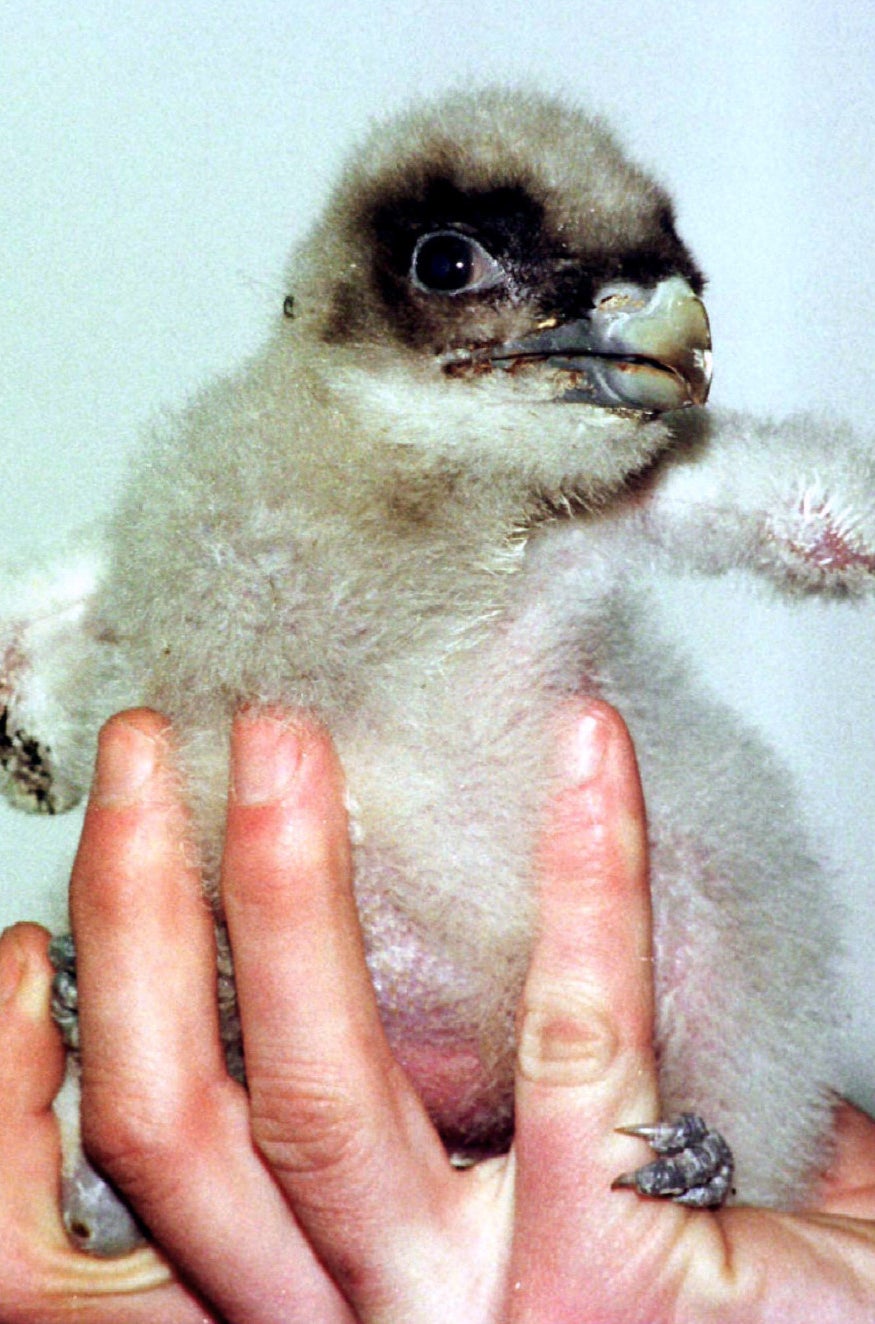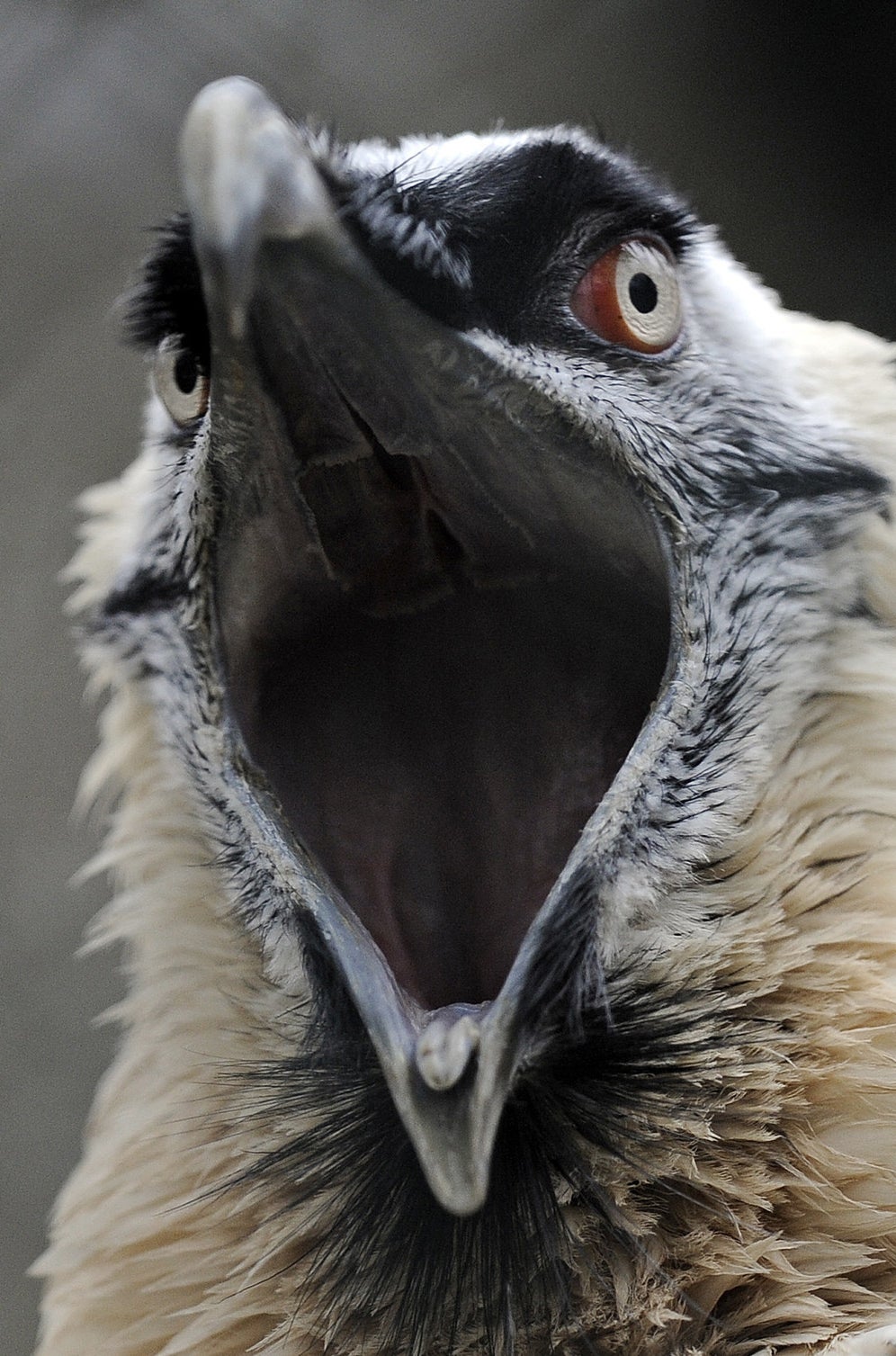A bone-eating bearded vulture just entered Romanian airspace for the first time in more than 80 years, scientists announced Friday.
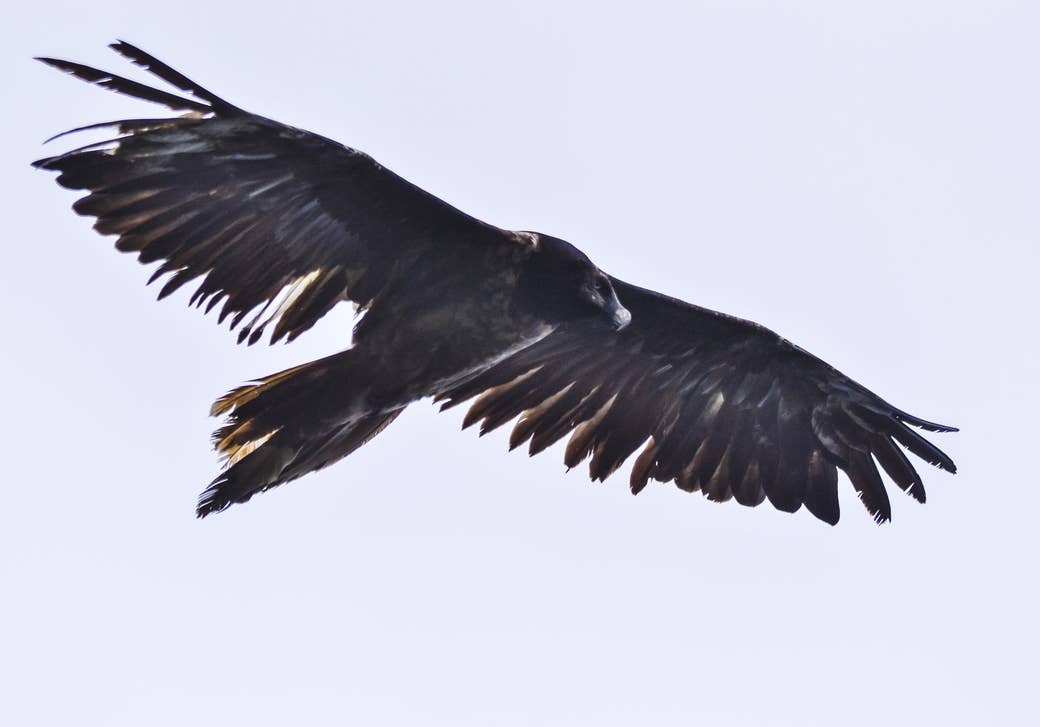
The bird, named Adonis, was born in captivity in the Czech Republic in 2014 as part of a European breeding program.
The vultures, which were once falsely thought to be capable of attacking small livestock and even children, were all but eradicated from Europe.
Bearded vultures get their name from the bristles at the base of the beak. And their reddish yellow and white plumage complete their distinctive appearance.
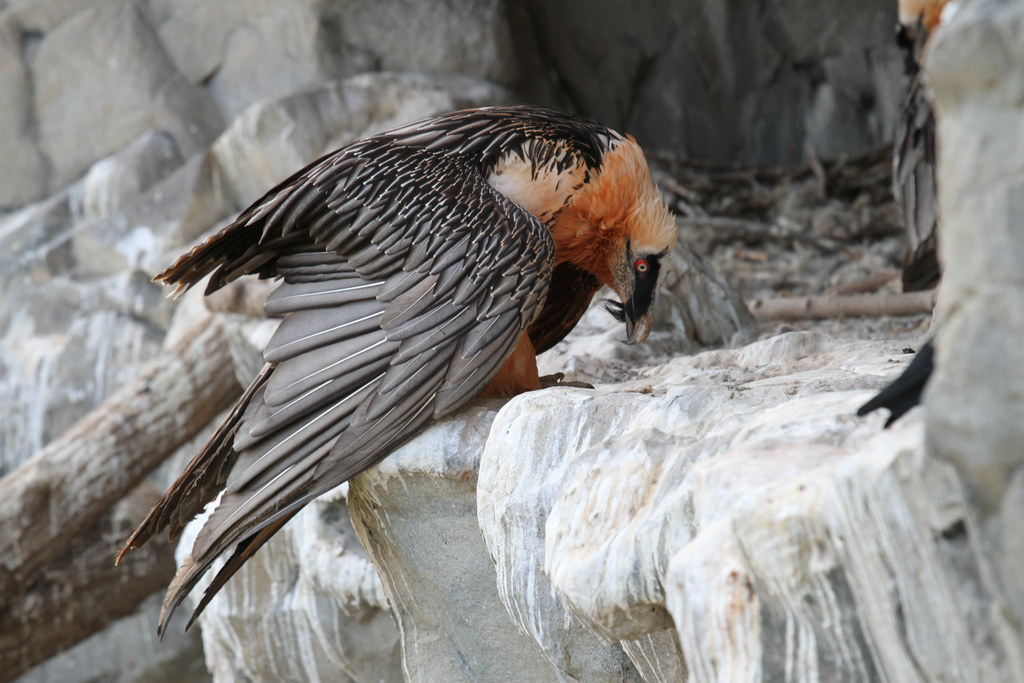
The birds swallow small bones whole, and drop larger bones from the sky to crack into digestible pieces. Their highly acidic stomachs then digest the nutritious bone fragments, particularly the marrow, for which they face little competition.
With a wingspan that can reach roughly 9 feet, the bearded vulture is the Alps' largest bird and one of the rarest raptors in Europe, according to the World Wildlife Fund.
Last year, the International Union for Conservation of Nature listed the species of bird, Gypaetus barbatus, as being "near threatened."
With the number of mature vultures declining to below 7,000, zoos across Europe have been operating a captive breeding program to reintroduce more of them into the wild.
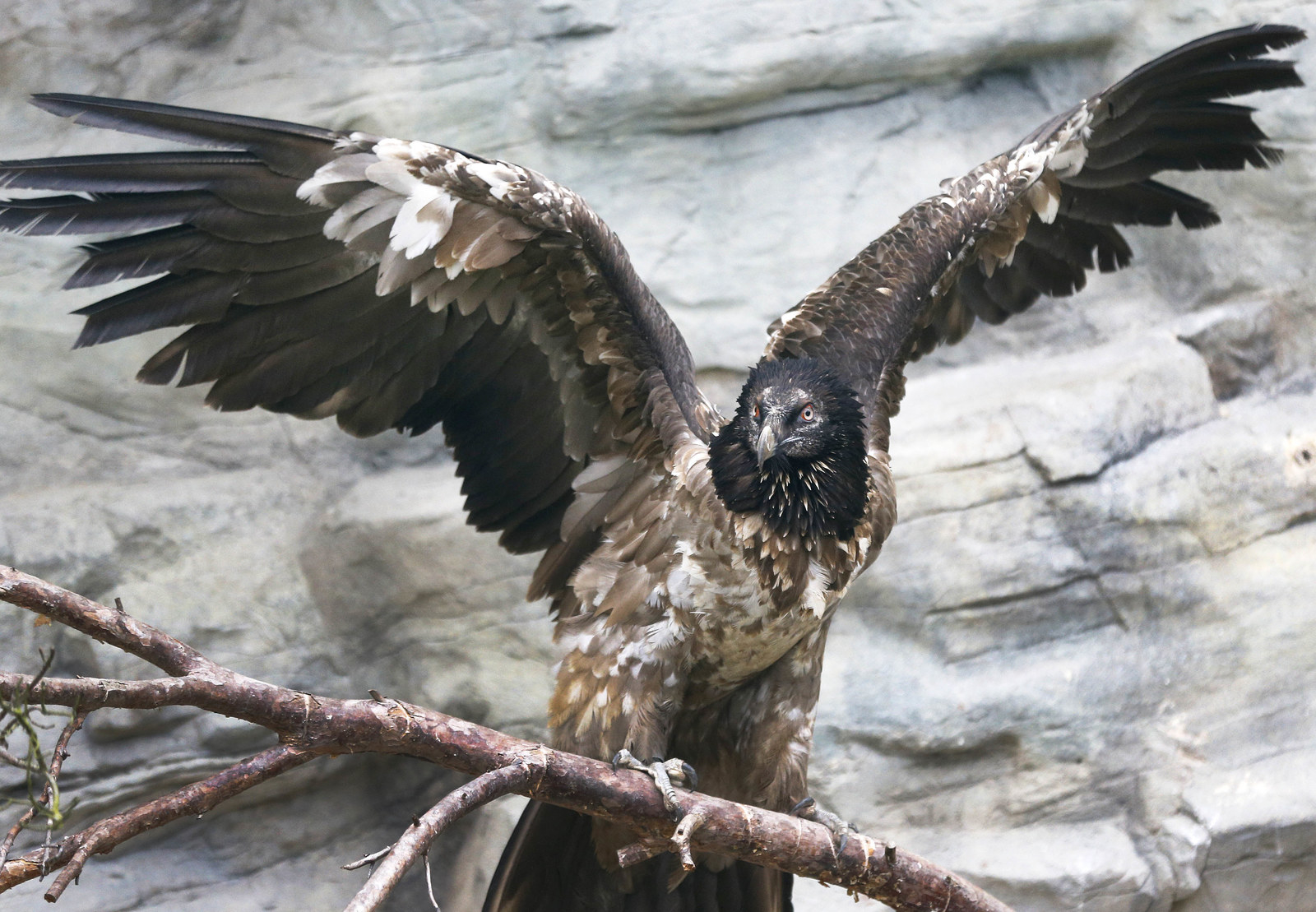
Ornithological Society spokesman Ovidiu Bufnila told the Associated Press that researchers became concerned about Adonis' wellbeing earlier in the month when the tracking device attached to the bird had come to a standstill.
Thankfully, it turns out that Adonis wasn't harmed, he was simply hungry. Scientists found him on July 19, patiently perched above a dog's corpse, waiting for it to be eaten by other birds so he could retrieve the bones.
Roam, bearded vultures, roam.
